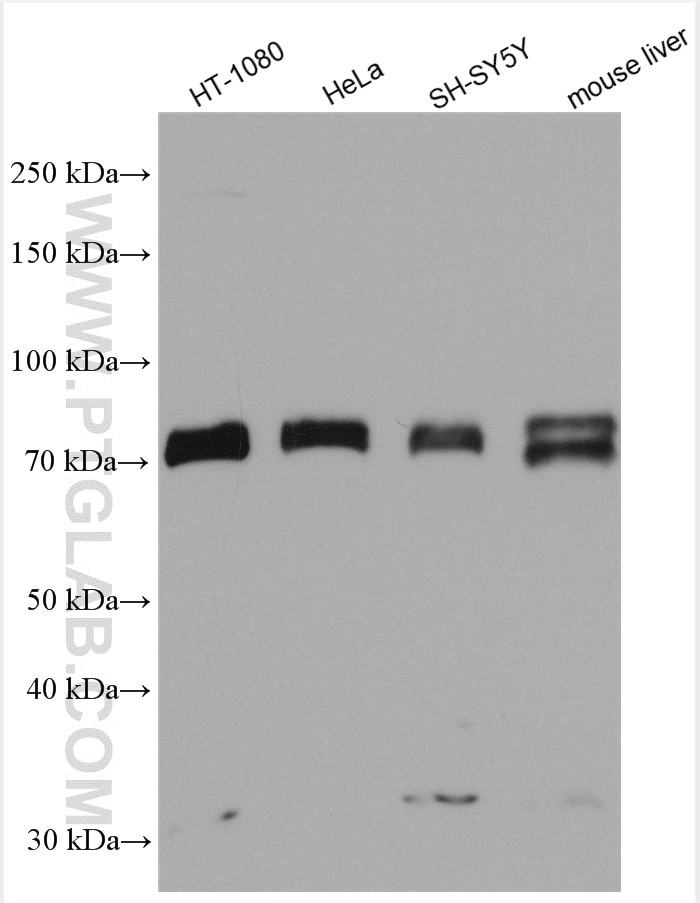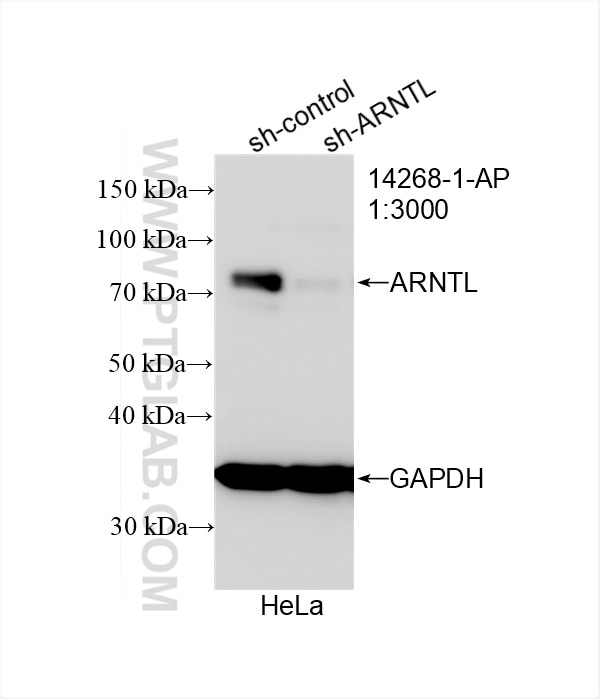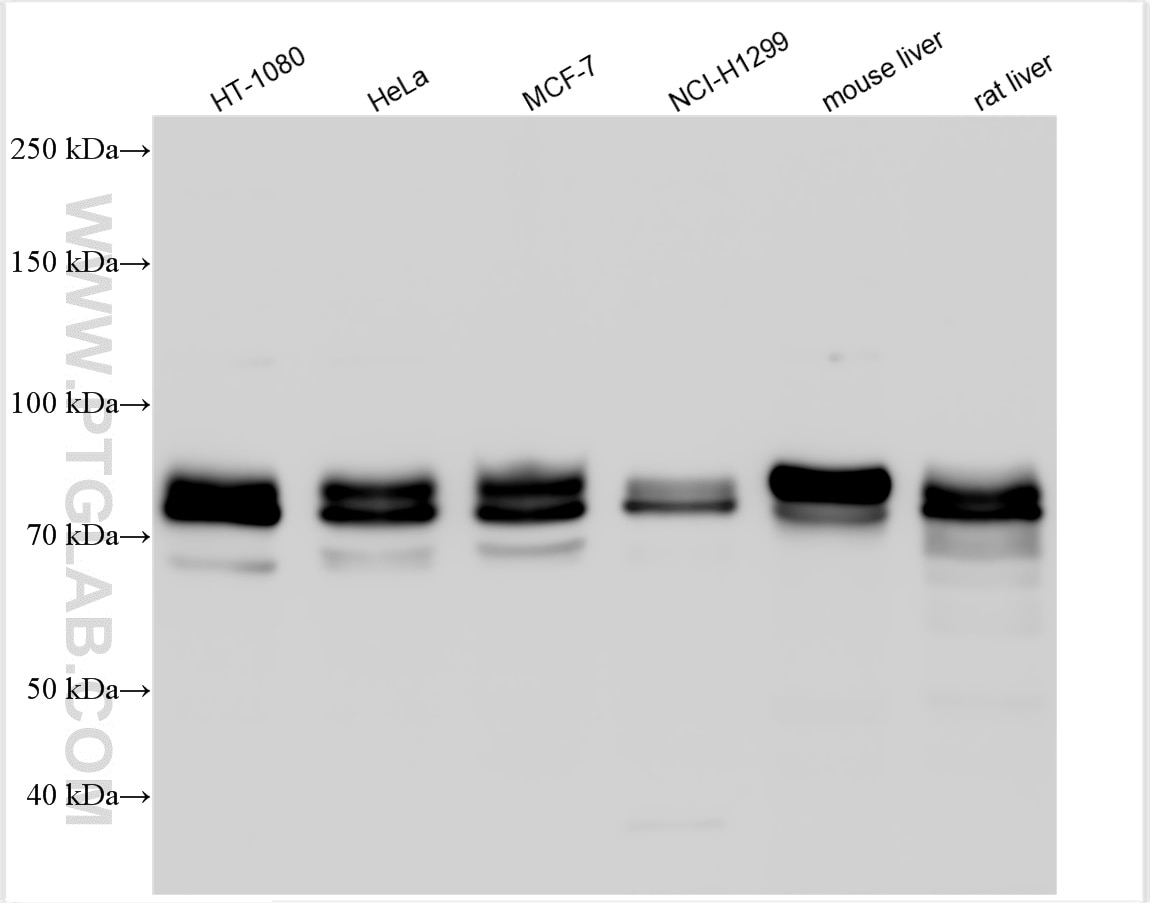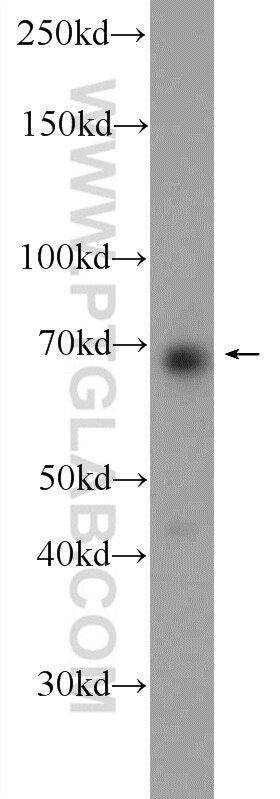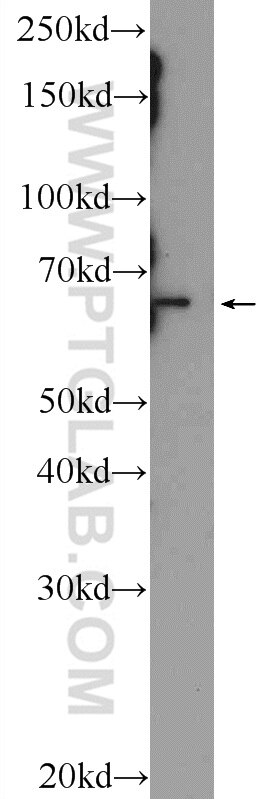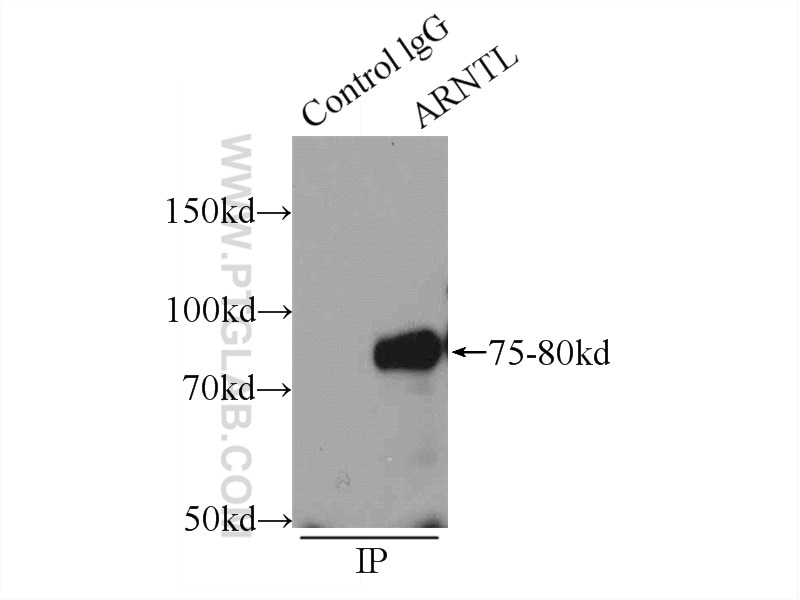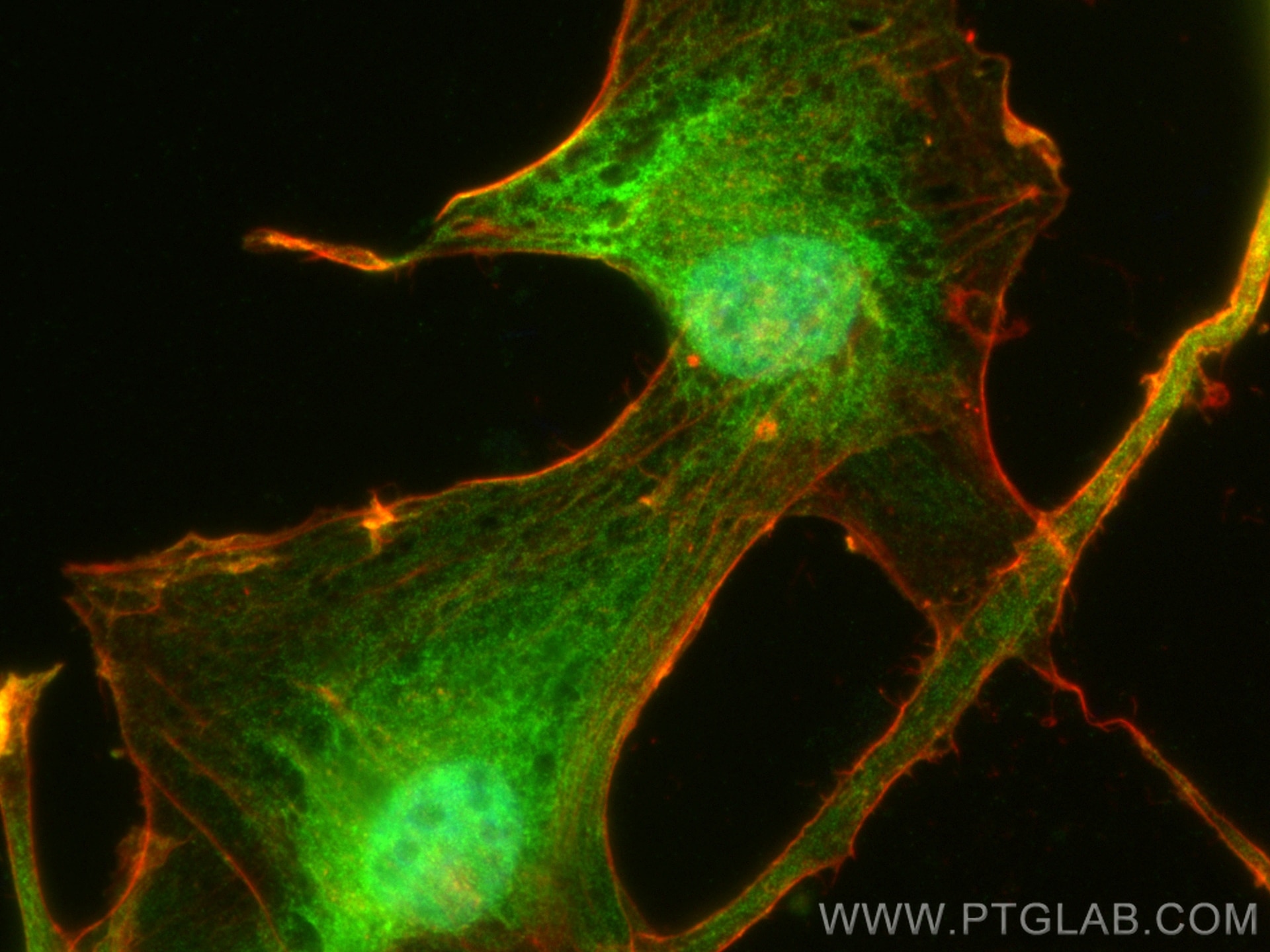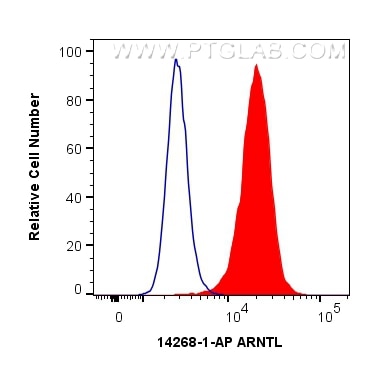Validation Data Gallery
Tested Applications
| Positive WB detected in | HT-1080 cells, 3T3-L1 cells, HeLa cells, SH-SY5Y cells, mouse liver tissue, MCF-7 cells, NCI-H1299 cells, rat liver tissue |
| Positive IP detected in | HeLa cells |
| Positive IF/ICC detected in | U-87 MG cells |
| Positive FC (Intra) detected in | HeLa cells |
Recommended dilution
| Application | Dilution |
|---|---|
| Western Blot (WB) | WB : 1:2000-1:10000 |
| Immunoprecipitation (IP) | IP : 0.5-4.0 ug for 1.0-3.0 mg of total protein lysate |
| Immunofluorescence (IF)/ICC | IF/ICC : 1:50-1:500 |
| Flow Cytometry (FC) (INTRA) | FC (INTRA) : 0.40 ug per 10^6 cells in a 100 µl suspension |
| It is recommended that this reagent should be titrated in each testing system to obtain optimal results. | |
| Sample-dependent, Check data in validation data gallery. | |
Published Applications
| KD/KO | See 12 publications below |
| WB | See 63 publications below |
| IHC | See 16 publications below |
| IF | See 11 publications below |
| IP | See 1 publications below |
| CoIP | See 3 publications below |
| ChIP | See 5 publications below |
Product Information
14268-1-AP targets BMAL1 in WB, IHC, IF/ICC, FC (Intra), IP, CoIP, ChIP, ELISA applications and shows reactivity with human, mouse, rat samples.
| Tested Reactivity | human, mouse, rat |
| Cited Reactivity | human, mouse, rat |
| Host / Isotype | Rabbit / IgG |
| Class | Polyclonal |
| Type | Antibody |
| Immunogen |
CatNo: Ag5586 Product name: Recombinant human ARNTL protein Source: e coli.-derived, PGEX-4T Tag: GST Domain: 1-303 aa of BC041129 Sequence: MADQRMDISSTISDFMSPGPTDLLSSSLGTSGVDCNRKRKGSSTDYQESMDTDKDDPHGRLEYTEHQGRIKNAREAHSQIEKRRRDKMNSFIDELASLVPTCNAMSRKLDKLTVLRMAVQHMKTLRGATNPYTEANYKPTFLSDDELKHLILRAADGFLFVVGCDRGKILFVSESVFKILNYSQNDLIGQSLFDYLHPKDIAKVKEQLSSSDTAPRERLIDAKTGLPVKTDITPGPSRLCSGARRSFFCRMKCNRPSVKVEDKDFPSTCSKKKDRKSFCTIHSTGYLKSWPPTKMGLDEDNEP 相同性解析による交差性が予測される生物種 |
| Full Name | aryl hydrocarbon receptor nuclear translocator-like |
| Calculated molecular weight | 69 kDa |
| Observed molecular weight | 69-75 kDa |
| GenBank accession number | BC041129 |
| Gene Symbol | ARNTL |
| Gene ID (NCBI) | 406 |
| RRID | AB_2878037 |
| Conjugate | Unconjugated |
| Form | |
| Form | Liquid |
| Purification Method | Antigen affinity purification |
| UNIPROT ID | O00327 |
| Storage Buffer | PBS with 0.02% sodium azide and 50% glycerol{{ptg:BufferTemp}}7.3 |
| Storage Conditions | Store at -20°C. Stable for one year after shipment. Aliquoting is unnecessary for -20oC storage. |
Background Information
BMAL1, a basic helix-loop-helices with Per-Arnt-Sim (PAS) domain transcription factor, is one of components that has core clock function in mammals. It form a heterodimer with CLOCK, and induce the transcription of target genes by binding to E-box elements within their promoter regions. And this transcription is inhibited in a feedback loop by PER, and also by CRY proteins.Also BMAL1 is a key player in the regulation of metabolism, playing a role in adipogenesis and in the control of glucose and triglycerides levels. Due to phosphorylation modification, BMAL1 can be detected as a band in the range of 70-80 kda (PMID: 14750952).
Protocols
| Product Specific Protocols | |
|---|---|
| IF protocol for BMAL1 antibody 14268-1-AP | Download protocol |
| IP protocol for BMAL1 antibody 14268-1-AP | Download protocol |
| WB protocol for BMAL1 antibody 14268-1-AP | Download protocol |
| Standard Protocols | |
|---|---|
| Click here to view our Standard Protocols |
Publications
| Species | Application | Title |
|---|---|---|
Nat Commun The tight junction protein TJP1 regulates the feeding-modulated hepatic circadian clock. | ||
J Pineal Res Circadian misalignment impairs oligodendrocyte myelination via Bmal1 overexpression leading to anxiety and depression-like behaviors | ||
Sci Total Environ Metastatic effects of perfluorooctanoic acid (PFOA) on Drosophila melanogaster with metabolic reprogramming and dysrhythmia in a multigenerational exposure scenario | ||
Theranostics Circadian Clock Gene Bmal1 Regulates Bilirubin Detoxification: A Potential Mechanism of Feedback Control of Hyperbilirubinemia. | ||
Environ Pollut Exogenous melatonin protects preimplantation embryo development from decabromodiphenyl ethane-induced circadian rhythm disorder and endogenous melatonin reduction. |

